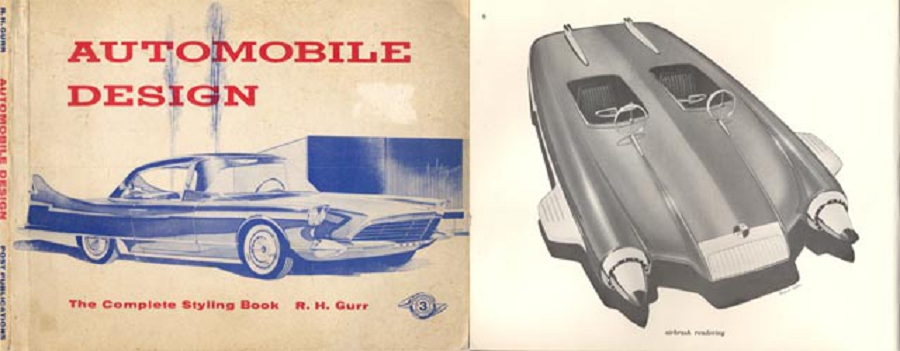
——————–
“Some of the facts pertinently revealed here may shock the reader….” Automobile Design: The Complete Styling Book (1955)
That’s what’s written on the back cover of Bob Gurr’s ’55 book on car design, and it gives the book a sense of mystery and intrigue designed to captivate the potential reader. Gurr’s book in ’55 was the intended follow-up edition to one of the first books on car design ever available – his ’52 book titled “How To Draw Cars of Tomorrow.”
This is the first in a series of articles focusing on Bob Gurr’s 1955 book, “Automobile Design: The Complete Styling Book.” Click here to review all articles in this series.
——————
Hi Gang…
Recently, I covered Bob Gurr’s first book on designing cars which was published in ’52 called “How To Draw Cars of Tomorrow.” Click here to review the series of articles about this styling book. Today, the book covered in this first of a series of articles was published in ’55 as an update to the early ’52 book.
I called Bob and asked him if he would tell us a bit more about the book published in ’55. He agreed, and shared the following memories with us concerning this updated publication of his book:
“Geoff….
If you look at a lot of the illustrations in the ’55 book, it’s an expansion of the ’52 book. By that time, I had drawings from Ron Hill, Bob Cadaret and others that were updated and more representative of the quickly changing styles of the times.
And…I knew all these guys (illustrators). We were all in the same “gang” running around Southern California and so Dan Post thought “hey – we have access to new stylists and their illustrations and designs – let’s update that book!”
So… we considered the ’55 book as a “do-over.” We put Ron Hills artwork on the cover in ’55 because I liked the way Ron drew. The ’55 book was basically an expansion of the ’52 book.”
Advertising the ’55 Book
Finding how this book was advertised has been tough.
I’ve not found ads for it yet – even though I’ve found ads for the ’52 book in multiple magazine locations. Perhaps by ’55, Dan Post (Post Publications) had distribution channels firmly in place, and advertising – a sizable cost – wasn’t needed. In any event, I’ll keep looking.
The advertising below appeared in the back of Post’s ’55 book, “Glass Fiber: Auto Body Construction Simplified,” by John Wills. More about that book in a future story here at Forgotten Fiberglass.
What’s neat is that the advertising I found, below, for the book even mentioned designing your own fiberglass sports car body. How ‘bout that! Here’s what the ad shared about Gurr’s ’55 book:
Automobile Design – The Complete Styling Book: $3
You’ll find this an exciting book if you recognize the importance of good design and sleek styling. Written by an outstanding professional automobile designer, look what it offers:
- A gold mine of fascinating advance design illustrations to assist in the development of a design for your proposed glass fiber or steel-bodied custom car.
- The comprehensive course in drawing and design.
- Qualified background for preparing for automobile styling as a career.
- Many beautiful design renderings suitable for framing.
Some of the facts pertinently revealed here may shock the reader. Nowhere else between the covers of a book can such candid and unbiased views of manufacturers’ aims, designers’ problems, and consumers’ benefits be found – confidential observations of such impact they could never have been said had the author been committed professionally during the period when the book was written.
You’ll quote it – but if your friends pick up this book you will have to tie down your copy of “Automobile Design” to keep it from disappearing.
P. S. deBeaumont’s review says of the book:
“The text is very much to the point. Mr. Gurr seems to know what he’s talking about, not only about drawing but about automobile styling, in which art is but one factor among many. His comments on some well-known recent makes are quite illuminating.”
Automobile Design: The Complete Styling Book (1955)
Text and Illustrations By R. H. Gurr
Arcadia, California
Dan R. Post Publications, 1955
The book is 96 pages long – more than 30 pages longer than Gurr’s ’52 book. Let’s review the “Foreword” of the book to get a sense of how Bob envisioned the book to be used.
Foreword:
Progress in motor car design has been contingent to a vital degree upon original conceptions from the vivid minds of young artists. This is the irrevocable record reflected in the past and the present of the industry. Here is a book to light the guideposts for the pencil piddler – and, as well, for the latent professional automobile designer – that motor car styling may continue to progress.
Comprehensive primary text and graphic supporting illustrations pick up each would-be stumbling block in the potential designer’s progression and make it known and understood, before following the design path to the next element toward professional finesse.
When men who love to draw cars are encouraged to “go wild” on original concepts, as they are in preliminary stages of design development, the resulting design expressions are often interesting. A selection of these dream-lined drawings, especially rendered by professionals, are shown in a salon section to acquaint the novice with the product for which he will be responsible as an advance-stylist.
By unfolding his ability through practice in each fascinating step presented, from general perspective to highlighting chrome, the reader may complete this book with confidence in his accomplishment – and his future.
The ethereal quality, arrested by the artist through these “rocket ship” renderings, sharply contrasts the futuristic design with the production design. In the case of a final dream-lined rendering which merits further consideration, mechanical limitations, seating comfort, handling convenience, safety, engineering changes, and interchangeability become prime considerations, necessarily bringing the rocket to earth.
But the purpose of designing without restraint has been served, for such designs – ultimately taken into production form – retain, in some measure, a tethered reflection of the original conception.
All in all, perhaps as many as two or three thousand sketches, similar to those shown, contribute just as many ideas toward an intricate composite finished design. Many thousands more – a by-product of the quest for drawings that hold definite possibilities for future application – are discarded along the way without further consideration.
When showing merit, a dream design may be worked up in a one-quarter or three-eighths size clay model, which affords a three-dimensional study of design possibilities. Clay also allows changing and re-changing of contours to arrive at the most pleasing line.
But the development of the design from the clay model – on through the many other interesting stages to the production line – is a romance apart.
And with that….let’s look at the first 20+ pages in today’s story on this book.
Remember…..you can click on each picture below to make it appear larger on your screen.
Note: More pages to follow of “How To Draw Cars of Tomorrow” (1952) in future stories here at Forgotten Fiberglass.
Public Reviews of the 1952 Book:
Let’s see how the contemporary press viewed the publication of Gurr’s ’55 book on Automobile Design:
Review 1:
Torque (UK) , June 1956
Automobile Design:
By R. H. Gurr
Described as the Complete Restyling book this has replaced How To Draw Cars of Tomorrow and is a far better book.
Although we are told that both text and illustrations are by Gurr this is not quite right as he has used several other people’s drawings although most of them are his own. A short foreword tells us what the book is meant to do, in a sentence, “Here is a book to light the guideposts for the pencil piddler – and, as well, for the latent professional automobile designer – that motorcar styling may continue to progress.”
Starting with the materials required the book takes us through the various stages of drawing a car, the effects of light and shade, reflections, chrome and distortion.
We should now be able to produce a shape that looks like a car so he goes on to give information on how to produce a shape that looks like the shape we think it should look like (complicated isn’t it?) and remembering that the vehicle is supposed to be sat in and driven, a diagrammatical drawing showing critical dimensions begins this part of the book.
Ideas for sports cars are illustrated, the manufacturers point of view is put and shown, the case for the American concept is presented, the commercial importance of identify is stressed and the trend of today outlined.
The last part of the book discusses styling studio conditions and explains the language of the studio while we come to an end with a flourish of 30 pages of “ideas”.
Throughout the drawings one of the highest technical merit although the designs vary from the worst forms of American ostentation to the purest classic Italian line. But it all goes to show what imagination and a pencil can produce.
This is a typical Post book with leatherette cover and good quality paper.
When I first shared the reviews I had found of both books with Bob (the ’52 and ’55 styling books), he was surprised and said:
“Geoff…that’s the first time I’ve seen a review of either of those books – it’s finally nice to know what the critics think.”
Typical fun, positive humor….Bob Gurr all the way
Summary:
Thanks again to Bob Gurr for the time and energy he spent sharing with us his memories of his Art Center days, the lead up to the publication of his 1952 book “How To Draw Cars of Tomorrow,” and now the extension to the debut of his ’55 book “Automobile Design: The Complete Styling Book.” I’ll be sharing the rest of the ’55 book over more stories here at Forgotten Fiberglass.
And be sure to check out Bob Gurr’s forthcoming book, “Bob Gurr, Design: Just For Fun.” Click here to review the contents and consider purchase. I already reserved my copy It’s guaranteed to be a fantastic read and a wonderful look inside the mind of a wildly talented designer.

Here’s a Recent Photo of Bob Gurr Showing Off A Replica of His First Disney Monorail – Used As A Waterslide at the Disney Hotel in Anaheim, California.
And…for those of you interested in learning more about Bob Gurr, check out an excellent interview done by Collectible Automobile Magazine in October, 1998. It’s worth the read. Also, click here to review a recent post at the website “Imagineering Disney” to learn more about Bob Gurr and his work at Disney.
Hope you enjoyed the story, and until next time…
Glass on gang…
Geoff
——————————————————————-
Click on the Images Below to View Larger Pictures
——————————————————————-

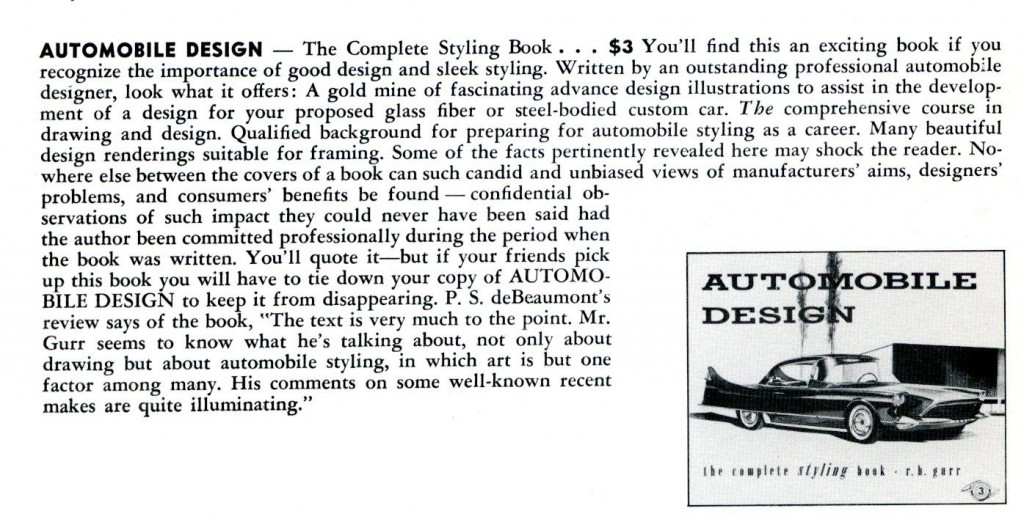




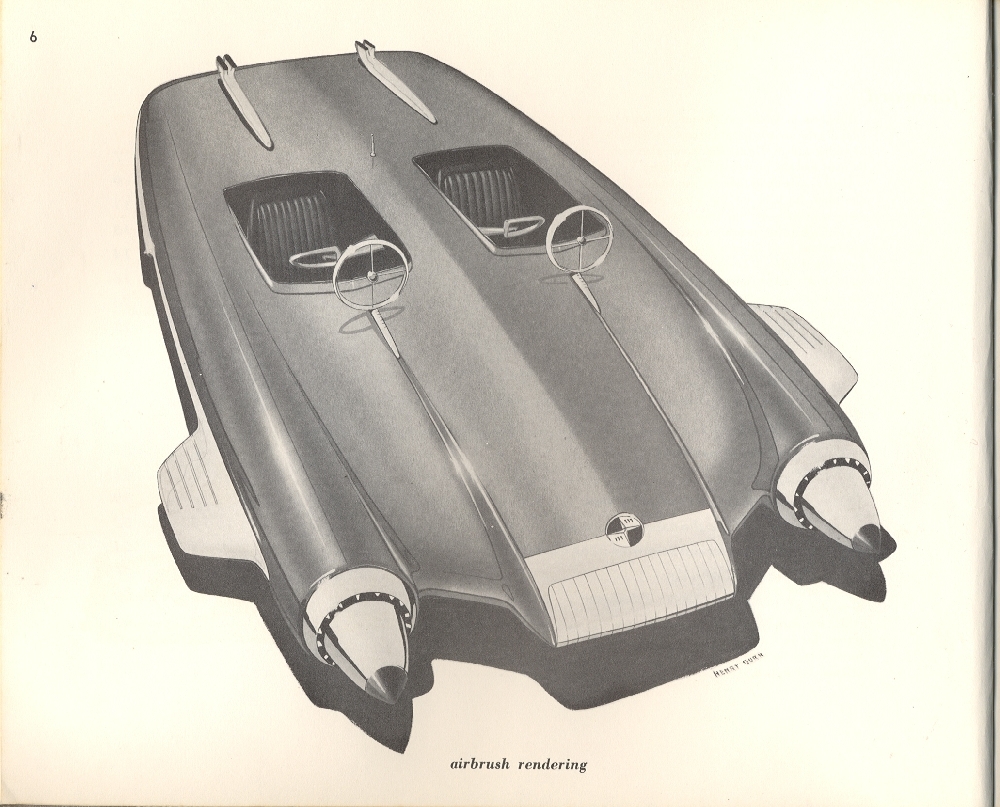

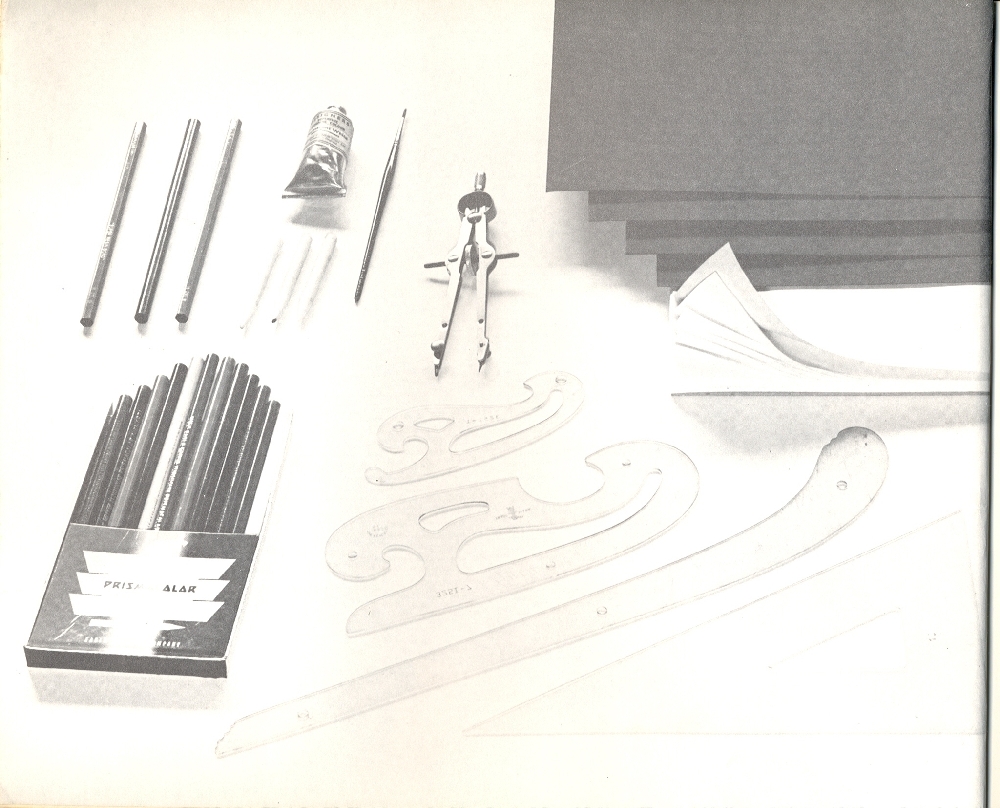
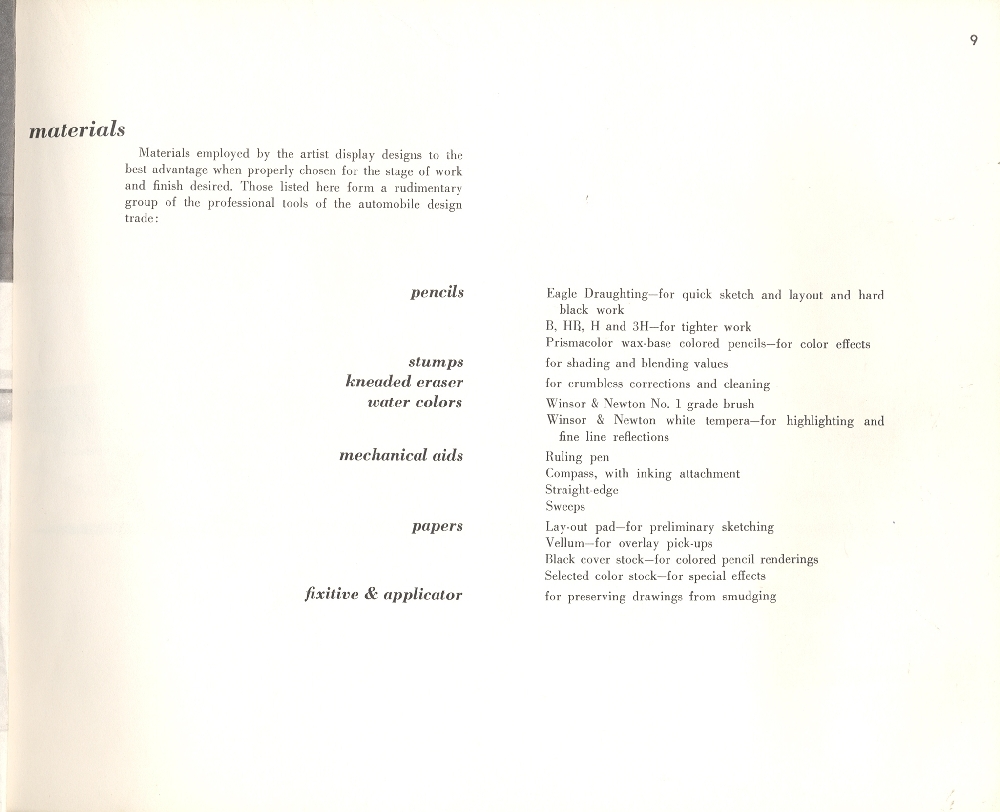
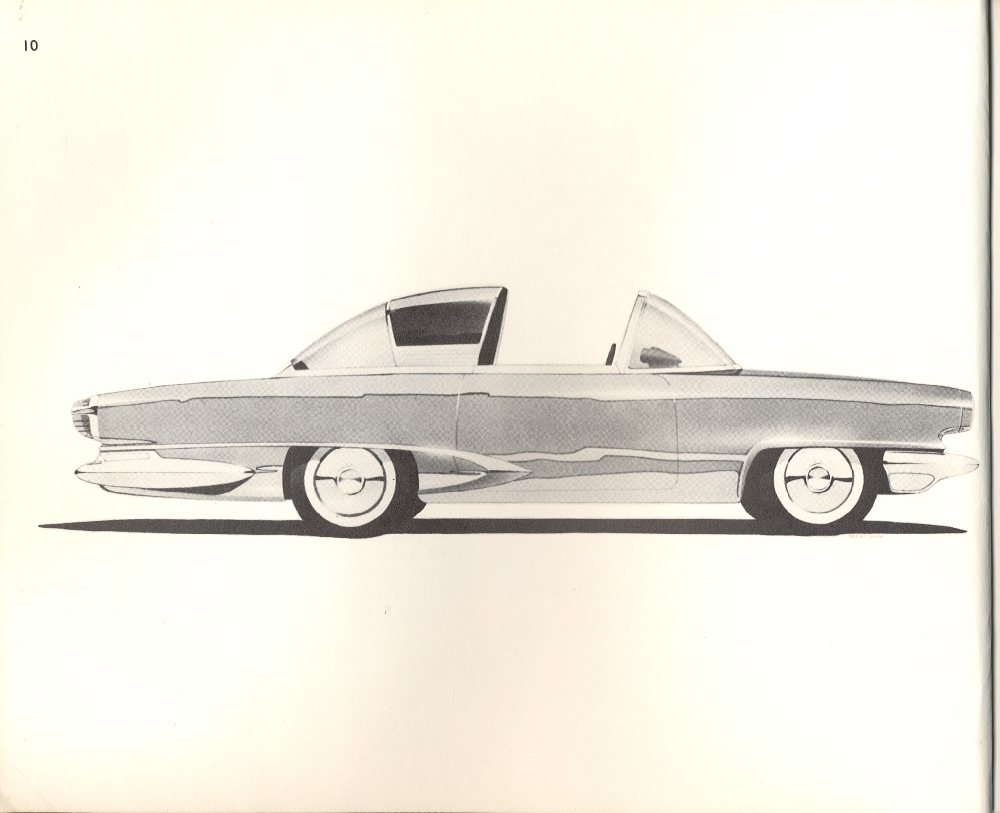
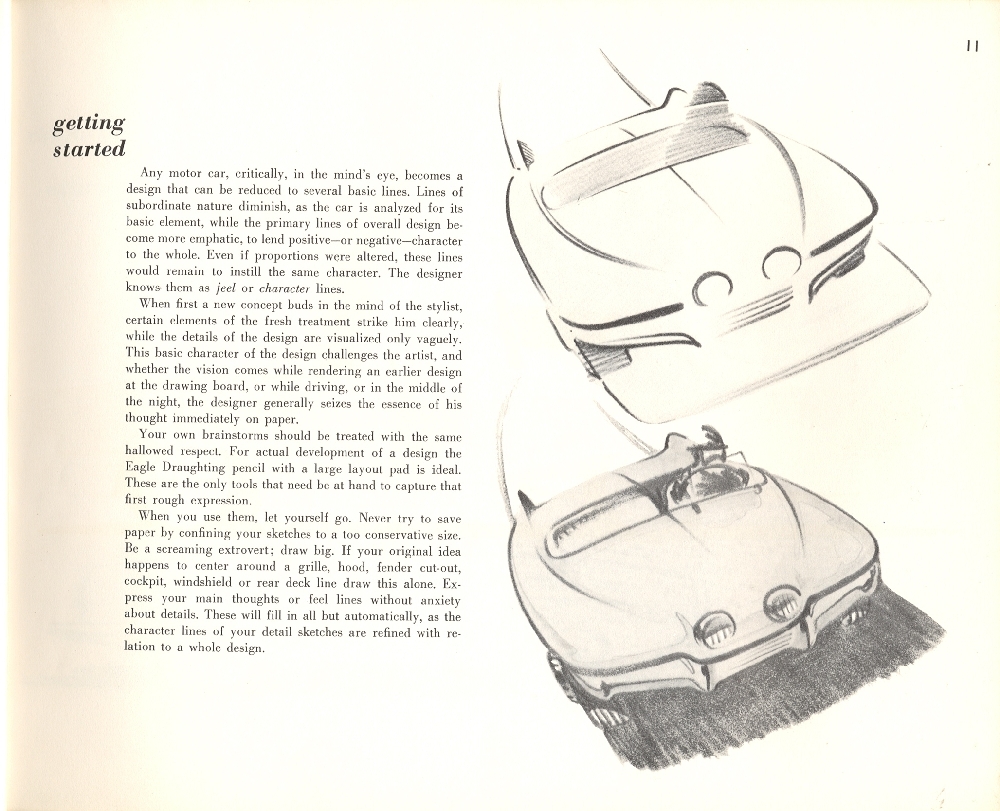
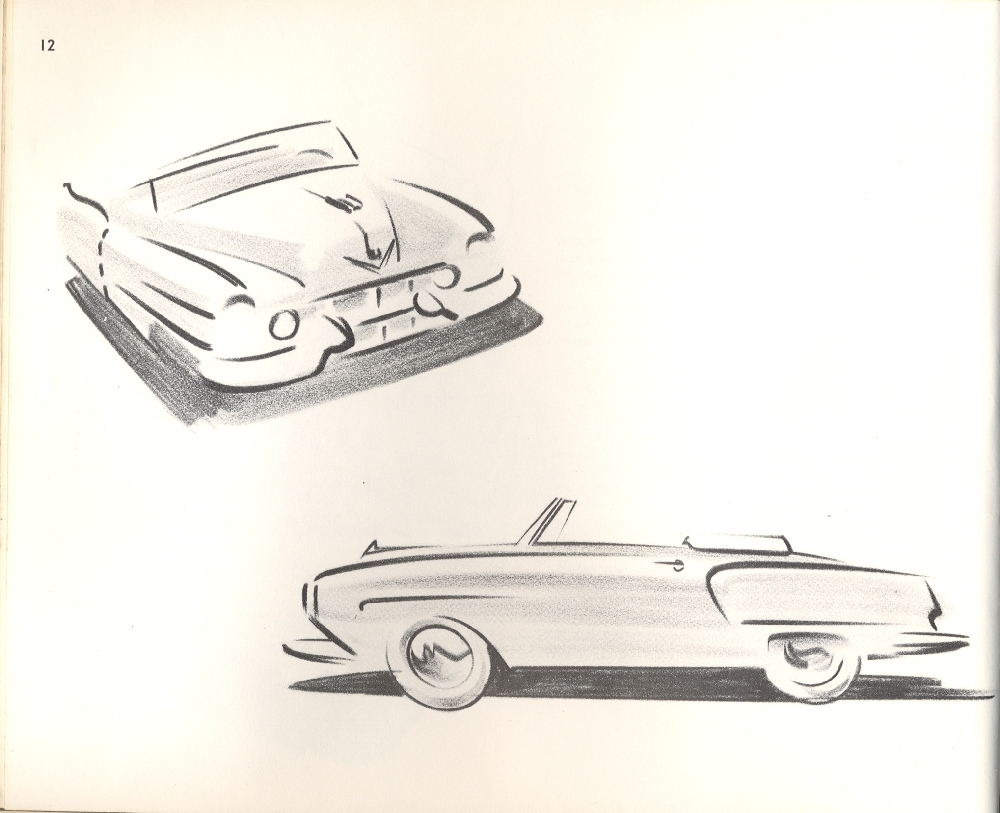
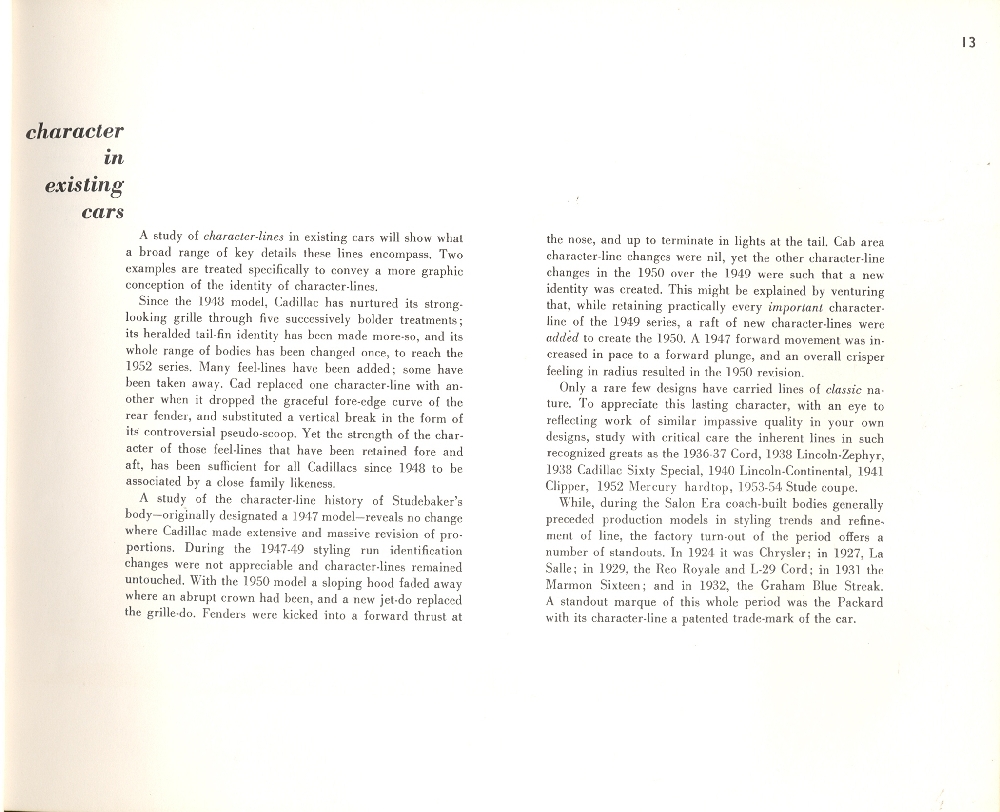
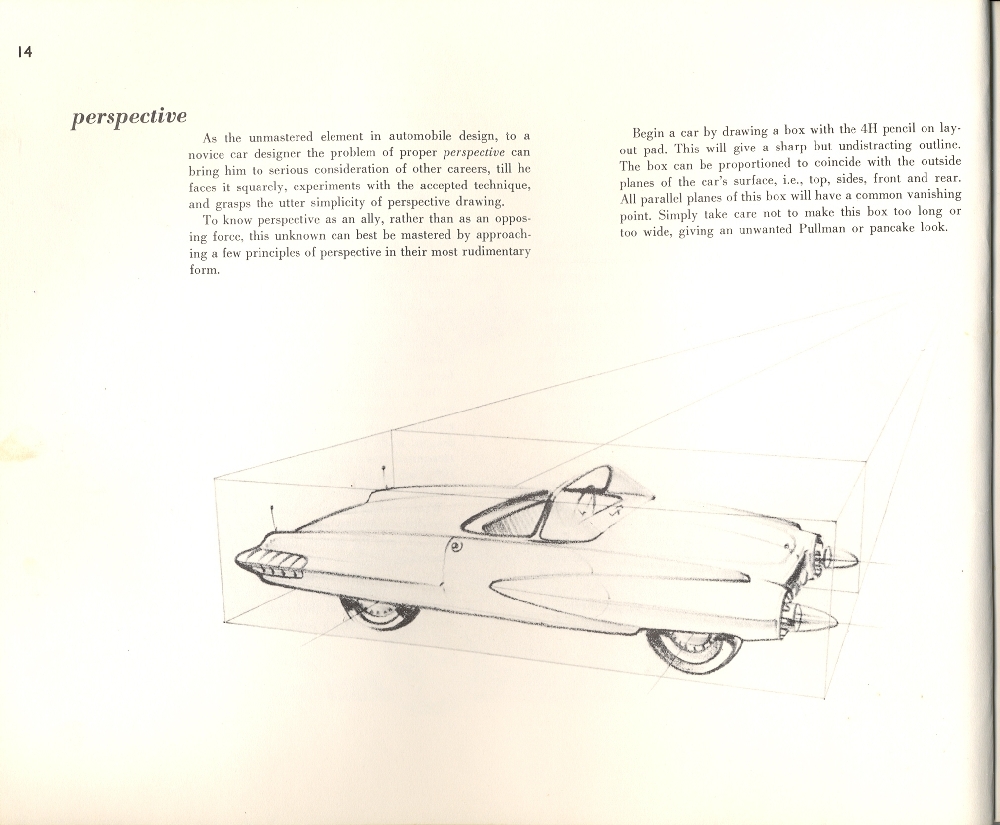
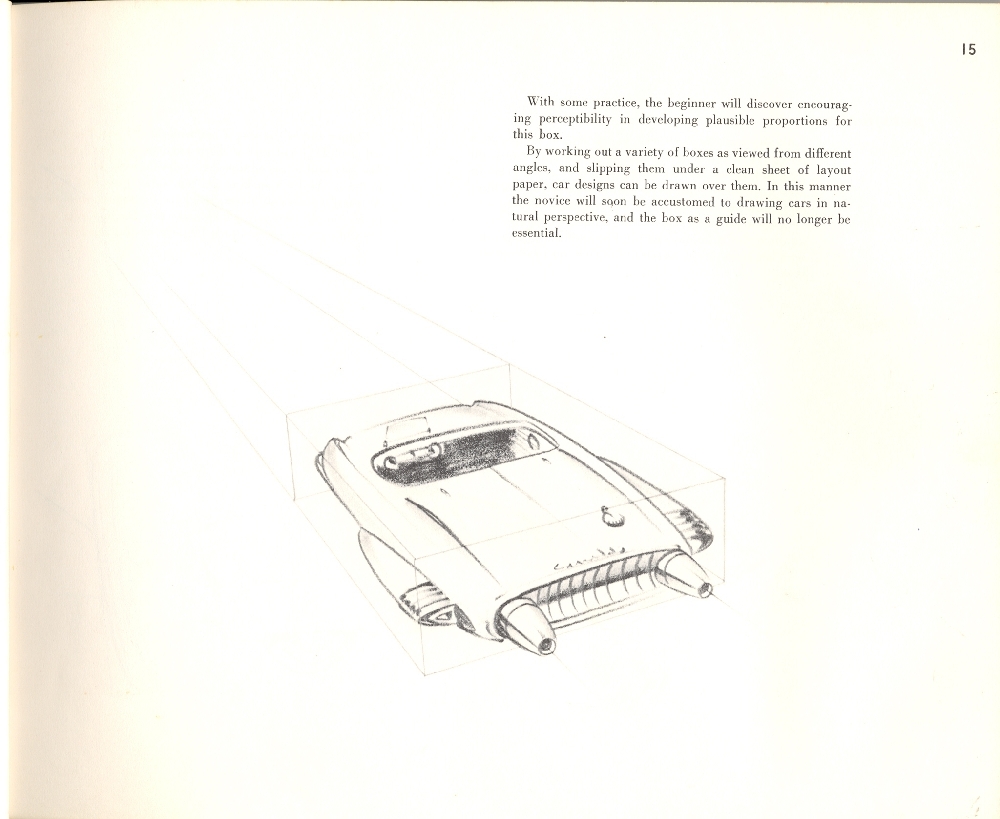
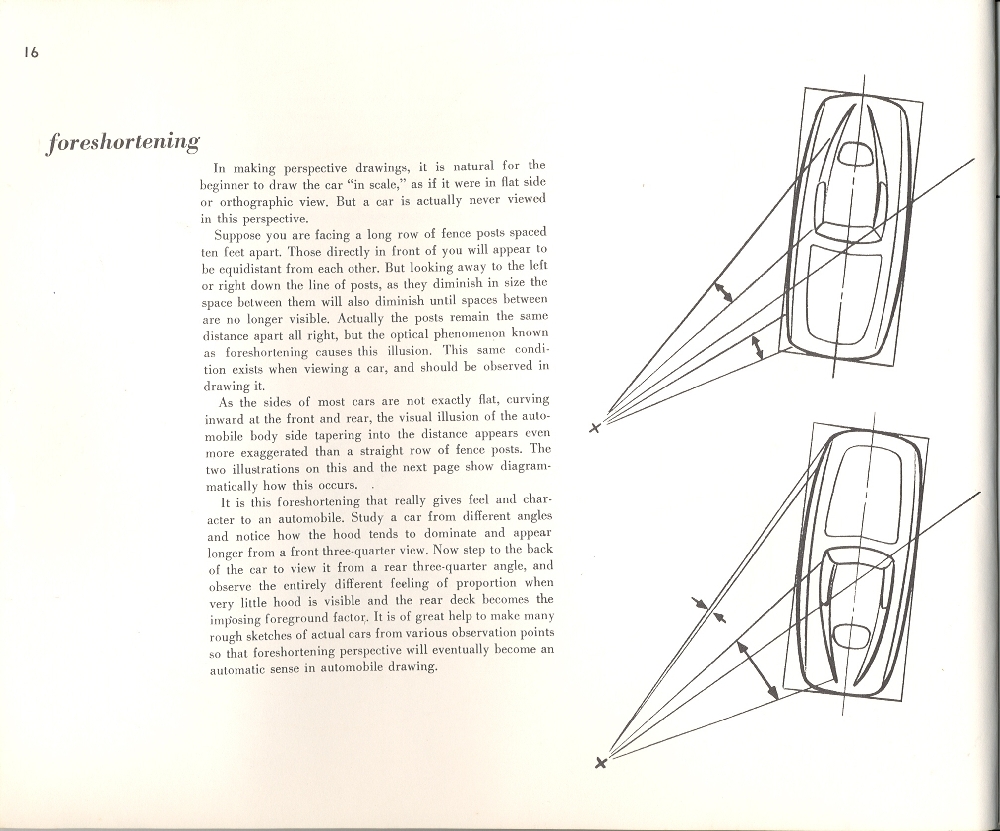
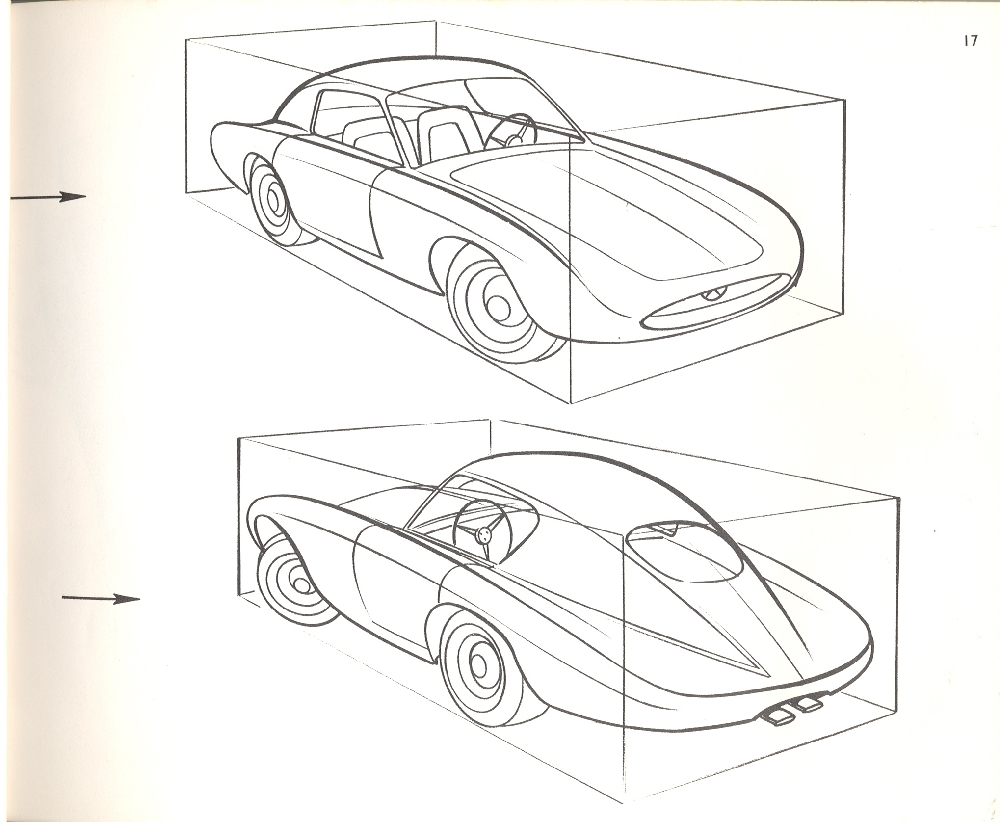
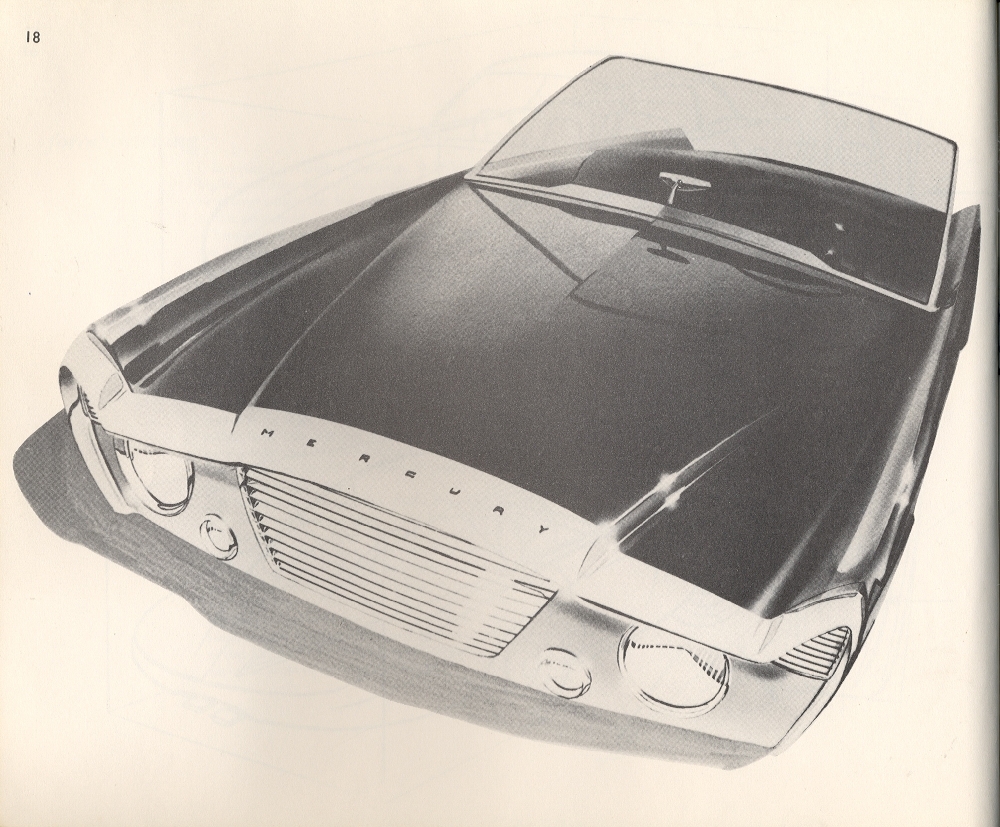
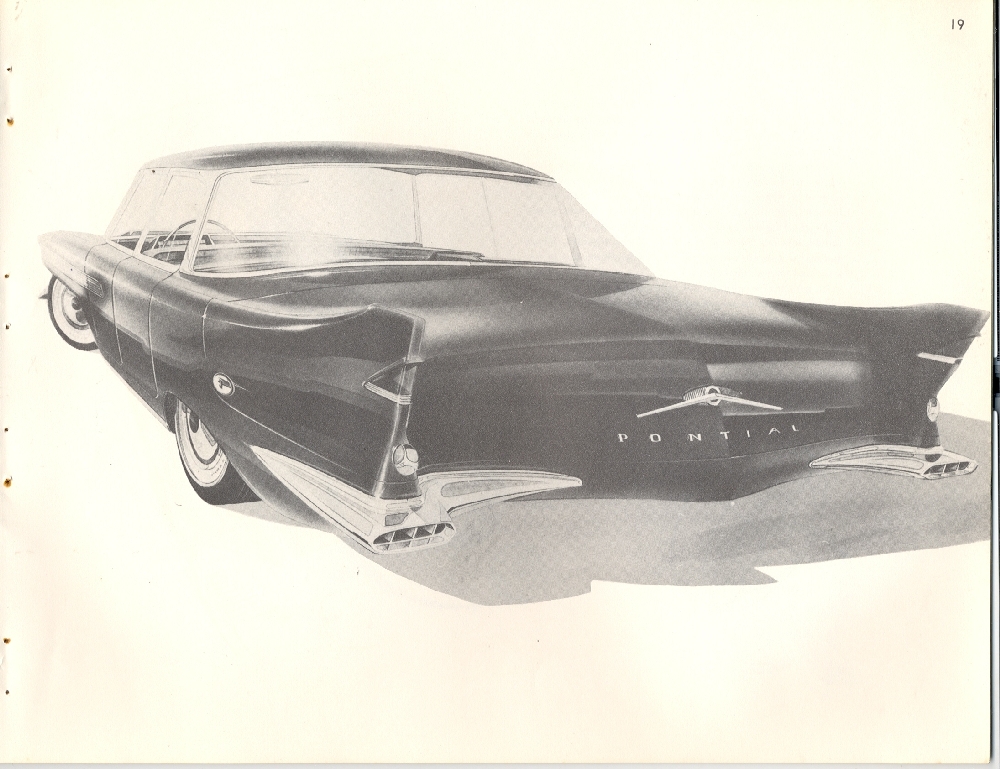

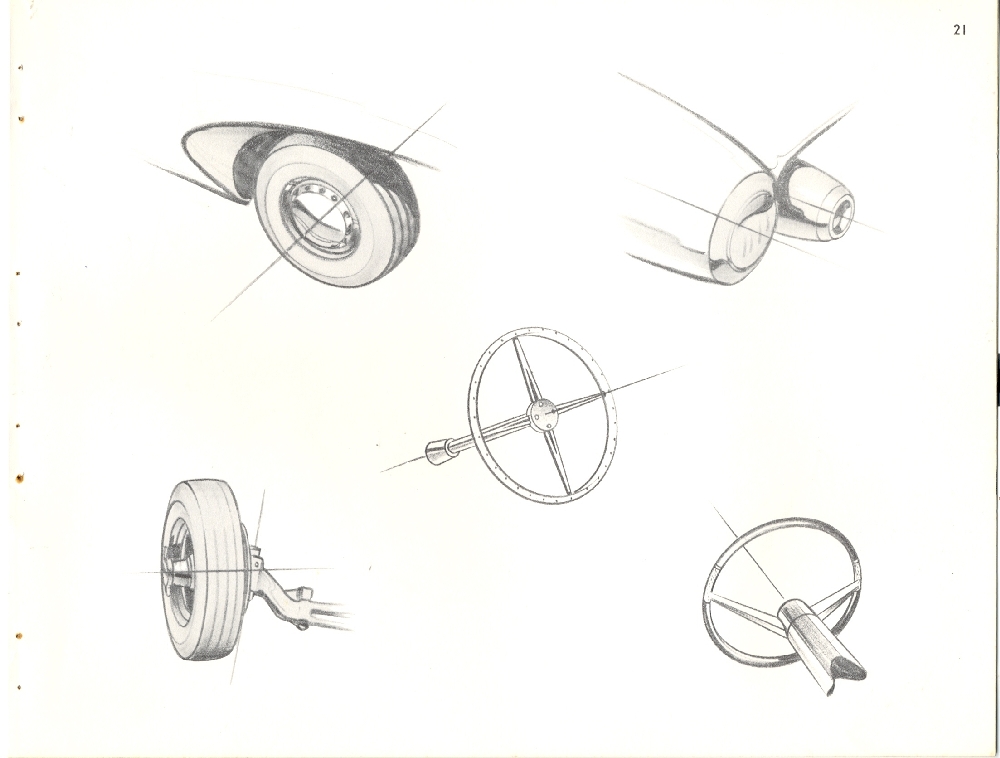
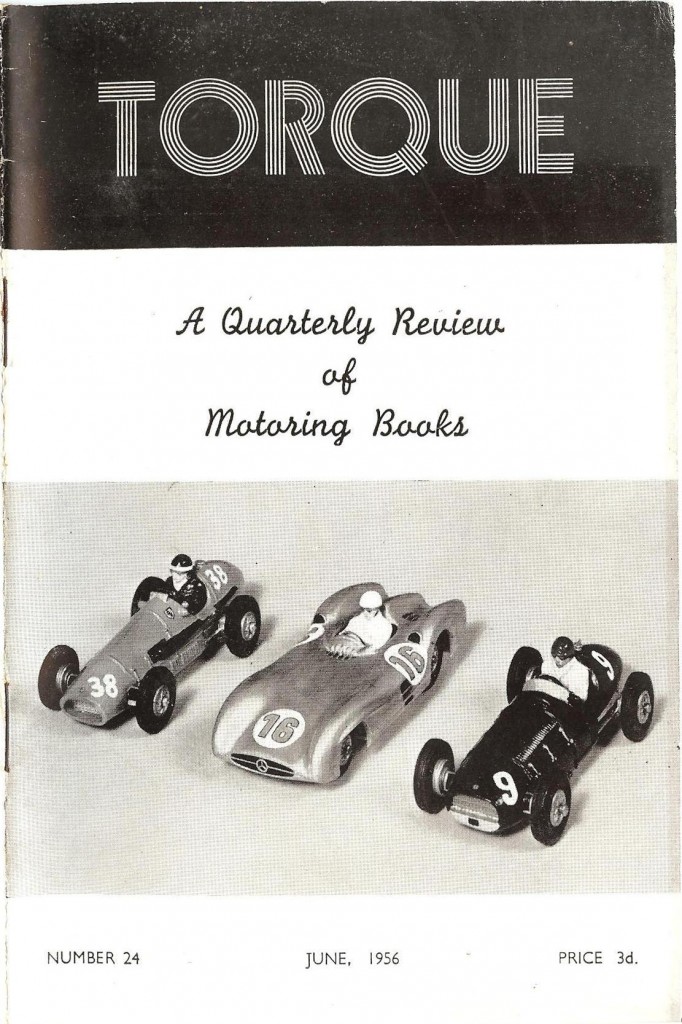
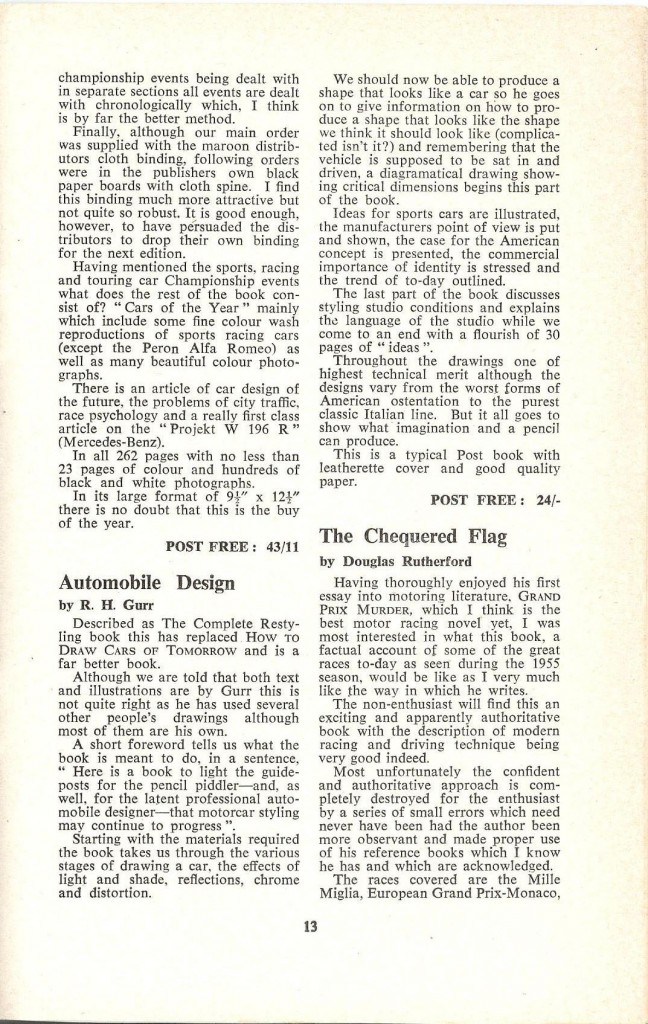

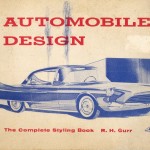
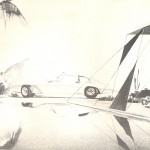
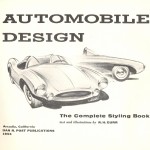
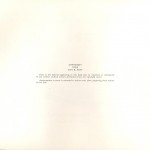
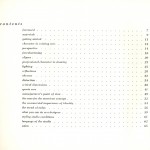
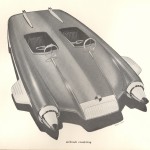
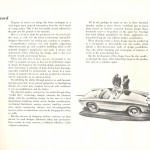
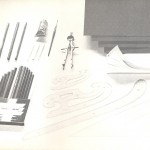
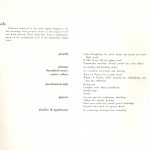
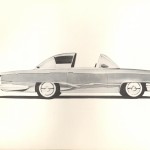
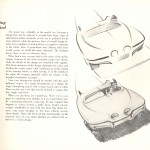
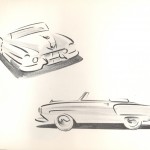
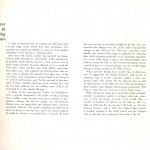
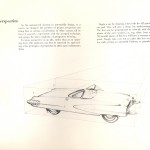
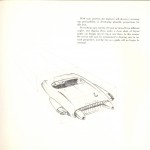
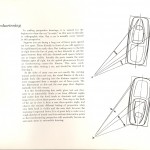
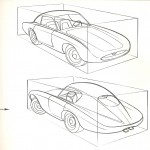
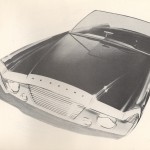
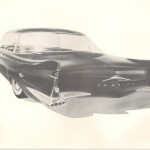
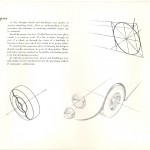
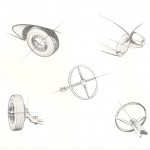

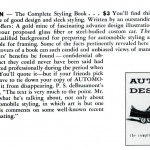
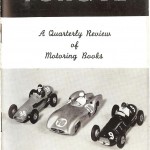
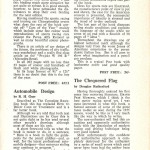
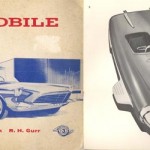
What memories,as a young kid growing up in rural Montana in the 50s ,this book set the ground work for my future as a Car Designer
I still have it! My dream came true when C. Jordon hired me while at Art Center Design School. I retired in 1991 as Chief Designer.
Mr. Gurr,
Read your letter in Automobile Magazine of the subject of Mulholland Drive featured in the previous month. I realized that you were a friend of my brother Ron who is also an artist by profession. He passed away 3 years ago and I would like to converse with you. I love automobile design and classic cars. Ron was the creator of the original Rennaisance Pleasure Faire in Calif. My email is duanelorainep@aol.com.
I have actually been fortunate enough to have this book in my library for many years and enjoy going back to leaf through the pages time and again. There is so much good design and so many great ideas that it is great to see you make it available for people to enjoy. Mr. Gurr is clearly a brilliant designer on so many levels, and we are fortunate as a society that his work is out there to enhance many lives. Just the Disney chapter of his life alone is incredible. Again thanks Geoff for doing this, it is so worth the time and effort.
I would love to see this book get a new printing. I would cheerfully buy another copy, in fact I would buy extras to give to close friends.